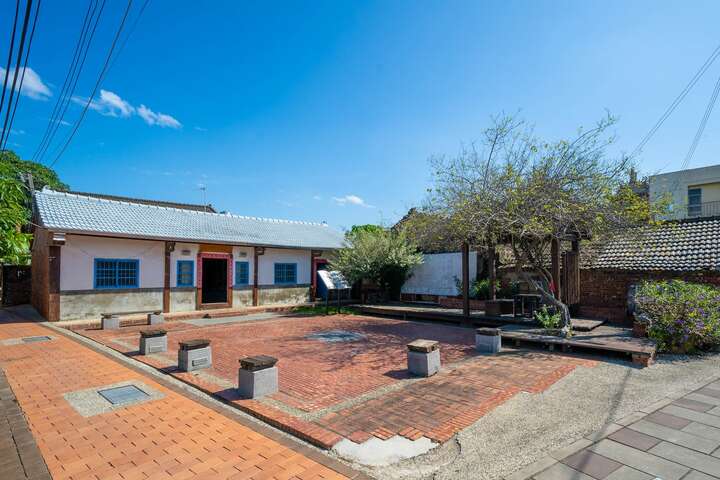Li Wan Ju Indigenous Enlightenment Museum Introduction
Mr. Li Wanjun (1901-1966), born in Wubei Village, Kouhu Township, was an outstanding local figure. Despite growing up in poverty, he worked hard to secure opportunities for studying abroad in Shanghai and France. During the Japanese occupation, after completing his studies and returning to Taiwan, Li joined the anti-Japanese resistance. He later founded the Taiwan New Life Daily to criticize the political situation, advocating for freedom and justice. Throughout his life, he continued to fight for democracy, earning the local title of "Voice of Democracy." The residence of Mr. Li Wanjun is located in a small alley next to the Diaotian Temple in Wubei Village. Originally a thatched cottage, it was rebuilt into a brick house as living conditions improved. With the help of local individuals, funding from the Cultural Affairs Council, and the designs of scholars and experts, this lost democratic sanctum was restored, transforming a vacant space into a cultural education and recreational facility known as the "Spiritual Enlightenment Museum." The architecture maintains the original dragon-style, exuding a simple yet elegant charm. The interior showcases Li Wanjun’s life with pictures and text, allowing visitors to understand his biography and early living environment, as well as serving as a space for community activities. The square in front of the residence is spacious, with a pavilion for relaxation, radiating the simplicity of rural life, making it a worthwhile visit for a weekend getaway. To the north of Mr. Li Wanjun's residence lies an ancient well known as "Yao Dian Kou," which served as the main water source for local residents. When nearby residents needed water, they would carry buckets to fetch it from the well. According to local elders, the well dates back to the Ming Zheng period and is said to have been dug by the Dutch. The water is sweet, and it is rumored that the well can predict the weather; the water would immediately turn murky whenever the weather changed.





























